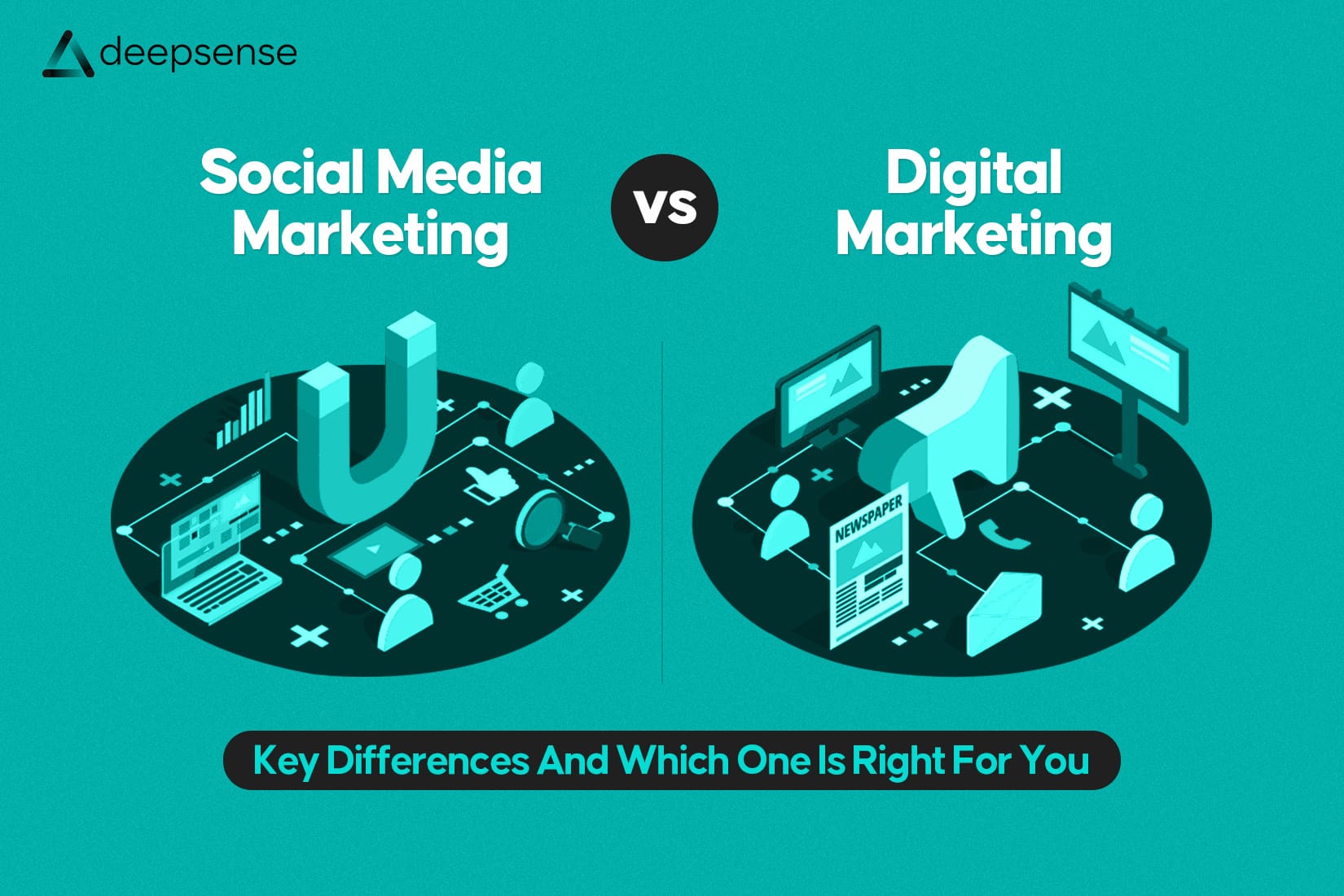The future of marketing is young, bold, and unapologetically digital. By 2025, Gen Z and Gen Alpha will make up more than 40% of global consumers, and their influence will go far beyond just spending power. This generation doesn’t just buy products, they buy values, purpose, and experiences. They can make a brand go viral overnight, or completely cancel it if it doesn’t align with their beliefs.
So, how do brands keep up? Let’s dive into the top 10 youth marketing trends of 2025 that are redefining the way businesses engage with this dynamic audience.
1. Authenticity Over Perfection
Gone are the days of polished ad campaigns and airbrushed perfection. The youth of 2025 value authenticity, transparency, and realness.
- A survey by Morning Consult revealed that 82% of Gen Z trust brands more when they use “real people” in ads instead of celebrities.
- Brands like Glossier and Gymshark have already nailed this with user-generated content and community-driven campaigns.
Pro tip: Instead of spending millions on glossy productions, invest in storytelling that feels genuine and relatable.
2. Short-Form Video Reigns Supreme
TikTok, Instagram Reels, and YouTube Shorts aren’t just trends, they’re the new standard. By 2025, 70% of all youth-driven online content consumption will be short-form video.
- According to HubSpot, 90% of marketers say short-form videos deliver the best ROI.
- Youth love quick, snackable content that’s entertaining, educational, and easily shareable.
Pro tip: Use trends, memes, and storytelling to make your brand’s short videos feel native, not forced.
3. Cause-Driven Marketing
Today’s youth are activists at heart. They want brands that stand for something. Climate change, inclusivity, and mental health are hot topics.
- A Deloitte report revealed that nearly 50% of Gen Z have stopped buying from a brand that didn’t align with their values.
- In 2025, brands that remain silent on pressing issues risk becoming irrelevant.
Pro tip: Support causes authentically, not as a PR stunt. Transparency is everything.
4. Hyper-Personalization with AI
The youth don’t just want personalized marketing; they expect it.
- 80% of Gen Z expect recommendations tailored to their interests (Salesforce).
- By 2025, AI-driven personalization, from shopping feeds to music playlists, will dominate marketing strategies.
Pro tip: Use AI responsibly to create tailored experiences while being transparent about data usage.
5. The Rise of Micro and Nano Influencers
Forget mega-celebrities. Gen Z and Gen Alpha prefer influencers who feel like friends.
- Studies show that nano-influencers (1K–10K followers) have engagement rates up to 7x higher than macro influencers.
- Youth connect better with smaller creators who feel accessible and authentic.
Pro tip: Partner with micro-creators in niche communities for deeper connections.
6. The Metaverse & Virtual Experiences
The metaverse is no longer just a buzzword, it’s becoming mainstream. By 2025, 45% of Gen Z are expected to participate in virtual worlds monthly.
- Brands like Nike (Nikeland) and Gucci (Gucci Garden on Roblox) are already thriving in this space.
- Virtual events, concerts, and product launches will be the new hangout spots for young consumers.
Pro tip: Start experimenting with immersive experiences and gamification.
7. Sustainable & Ethical Branding
Eco-consciousness is no longer optional. 73% of Gen Z are willing to pay more for sustainable products (First Insight).
- By 2025, youth will prefer brands that are transparent about their supply chains and eco-efforts.
- Fast fashion? They’re calling it out. Greenwashing? They’ll cancel you.
Pro tip: Go beyond marketing claims, embed sustainability into your operations.
8. Community-Led Marketing
For youth, it’s all about belonging. Brands that create tribes and communities will win.
- Think Discord servers, Reddit groups, and private brand communities where users can co-create and engage.
- 68% of Gen Z say community engagement makes them loyal to a brand.
Pro tip: Foster two-way conversations, not one-way ads.
9. Voice and Conversational AI
Siri, Alexa, and chatbots are evolving into brand companions. By 2025, nearly 55% of youth will prefer searching through voice commands.
- Chatbots powered by AI are already improving customer service and personalization.
- Youth prefer conversational, quick, and human-like brand interactions.
Pro tip: Make your brand voice-search-friendly and deploy conversational AI that feels human.
10. Financial Literacy & Edutainment
With youth entering adulthood earlier in financial decision-making, they crave education that entertains.
- By 2025, TikTok isn’t just for dances it’s a hub for “FinTok” (finance tips), career hacks, and micro-learning.
- Brands like Step and Greenlight are gamifying finance for Gen Z.
Pro tip: Blend fun with knowledge. Edutainment content will win loyalty.
Final Thoughts
Youth marketing in 2025 isn’t about chasing trends, it’s about understanding values, behaviors, and digital habits. This generation demands authenticity, inclusivity, sustainability, and personalization at every step. Brands that embrace these values will thrive, while those that stick to outdated playbooks will be left behind.
Remember: Gen Z and Gen Alpha are not just the future, they’re the present. If your marketing doesn’t resonate with them today, it might not exist tomorrow.
FAQs
1. What is an example of youth marketing?
Youth marketing is when brands specifically design campaigns to connect with young people (usually ages 13–35).
Example: Nike’s “Play New” campaign encouraged Gen Z to explore sports in fun and unconventional ways, focusing on creativity and inclusivity rather than just winning.
2. What is the 1% rule in marketing?
The 1% rule suggests that in any online community, about 1% of users actively create content, while 9% engage (comment, like, share), and 90% just consume (lurkers). For marketers, this means brands should focus on creating content that encourages participation from the 9% and visibility for the 90%.
3. What are youth markets?
Youth markets refer to the segment of consumers typically between 13–35 years old, including teenagers, college students, and young professionals. They are trendsetters, highly active on digital platforms, socially influenced, and often the early adopters of new products, technology, and cultural movements.
4. What are the 4 main marketing activities?
The core activities of marketing are often summed up in the marketing mix (4Ps):
- Product – What you sell (goods or services).
- Price – How much it costs (premium, affordable, freemium, etc.).
- Place – Where and how it’s distributed (stores, e-commerce, social media).
- Promotion – How you communicate (advertising, influencer campaigns, social media).
5. What are the four types of marketing with examples?
- Traditional Marketing – TV ads, print media, billboards. Example: Coca-Cola’s “Share a Coke” billboard campaign.
- Digital Marketing – Social media, SEO, content marketing. Example: Spotify Wrapped personalized campaigns.
- Inbound Marketing – Attracting customers with value-driven content. Example: HubSpot’s free blogs and eBooks.
- Outbound Marketing – Actively reaching out to customers. Example: Cold email campaigns or telemarketing.
6. Which companies have youth target?
Many global brands actively target youth because they are trendsetters and digital natives. Examples include:
- Nike – Lifestyle and sports inspiration for Gen Z & millennials.
- Adidas – Streetwear and sports collabs with influencers/artists.
- Coca-Cola – Fun, social, and friendship-driven campaigns.
- Apple – Innovative, creative, and aspirational tech.
- Spotify – Personalized music experiences for young listeners.
- Netflix – Gen Z-focused content, memes, and social media engagement.
- Instagram & TikTok – Platforms designed around youth culture.











